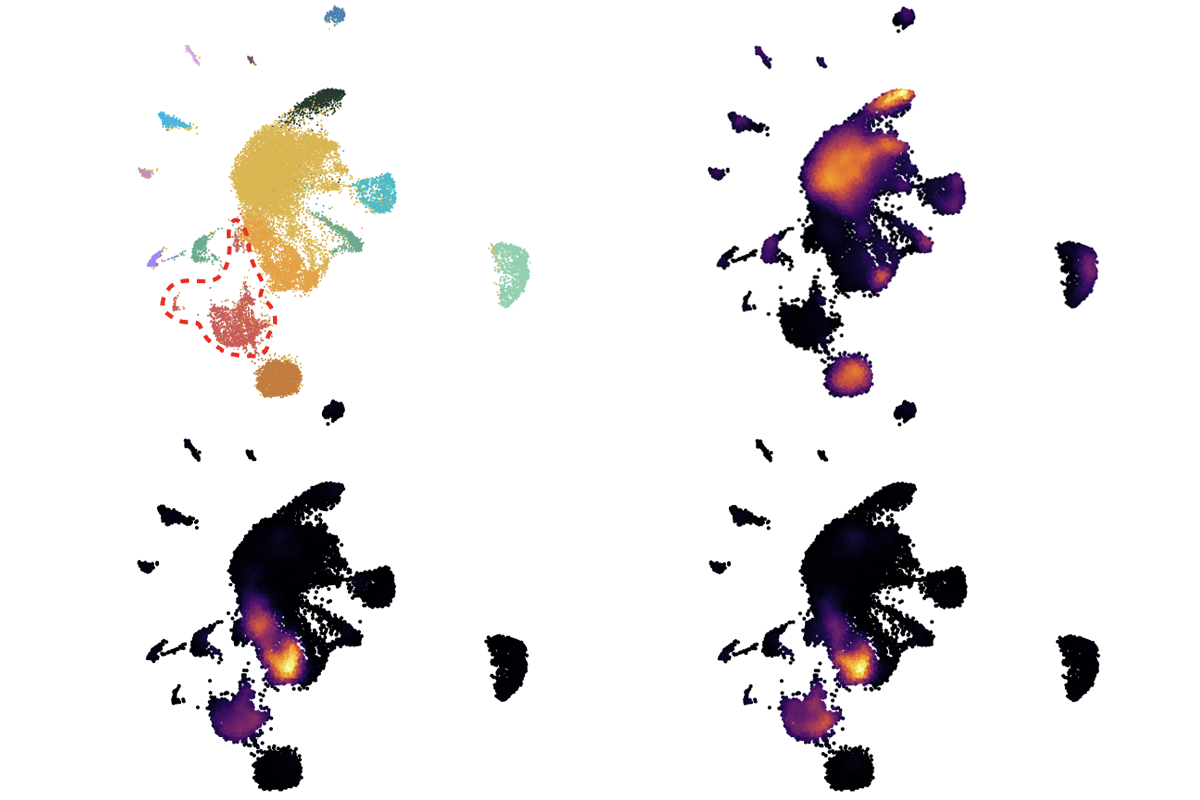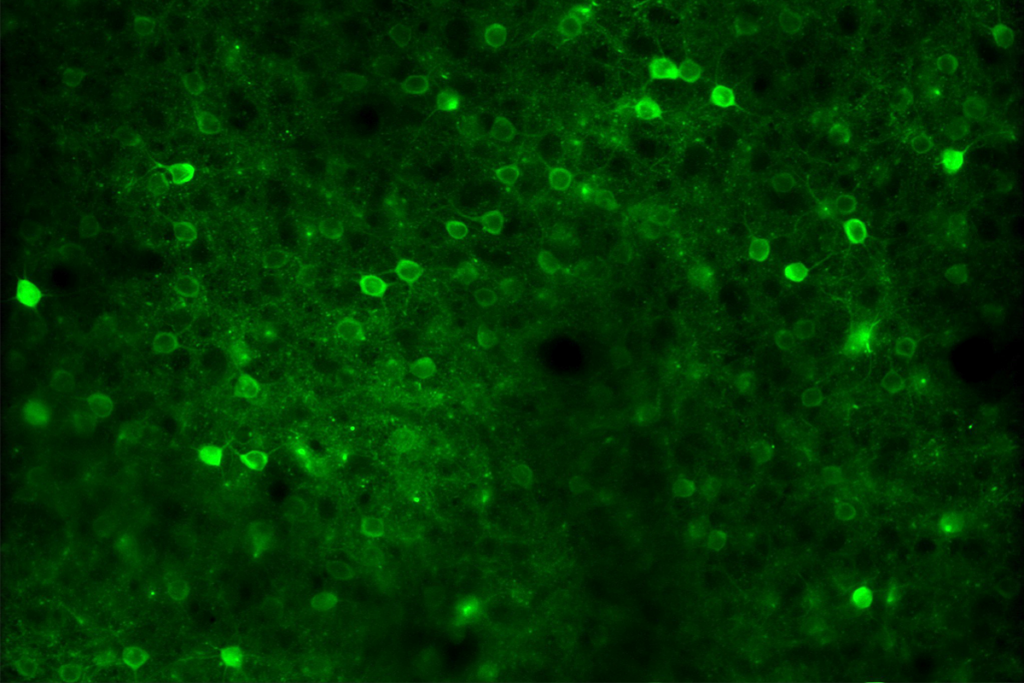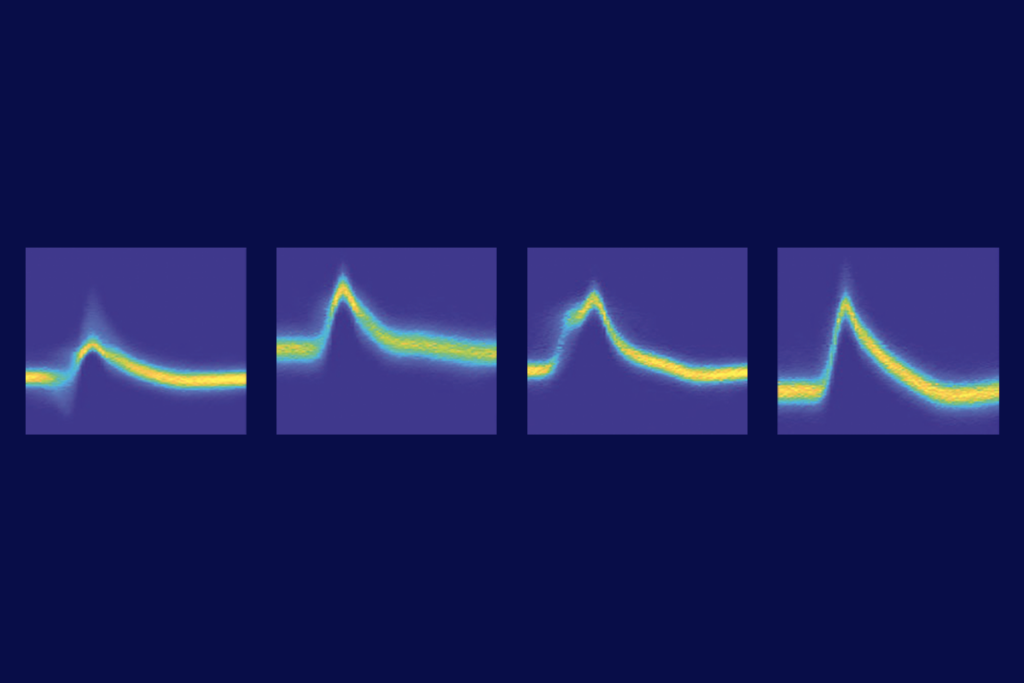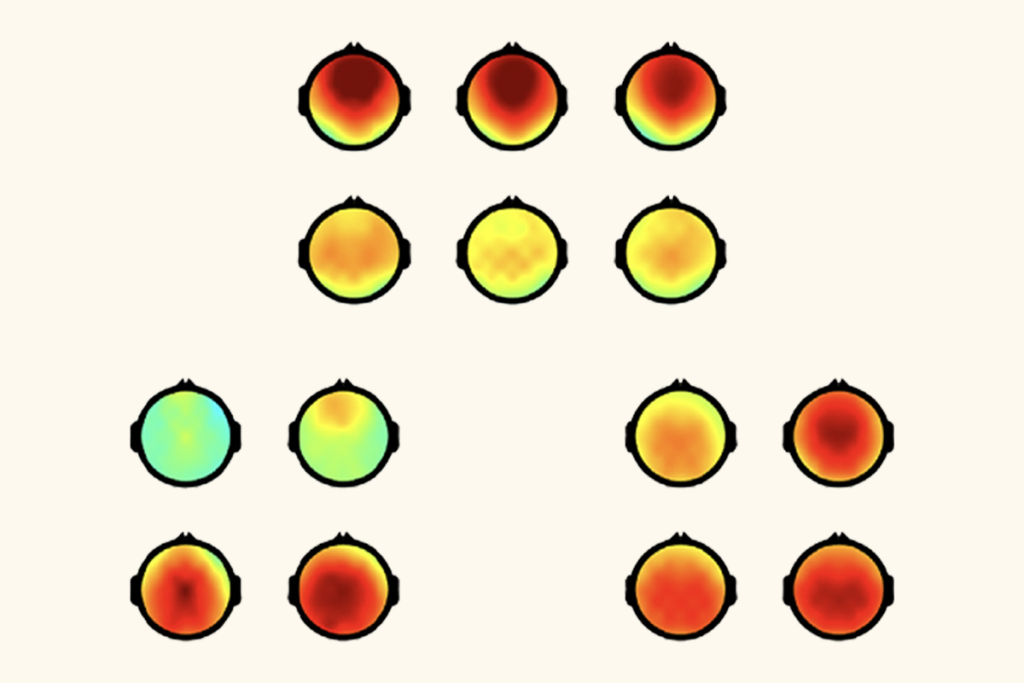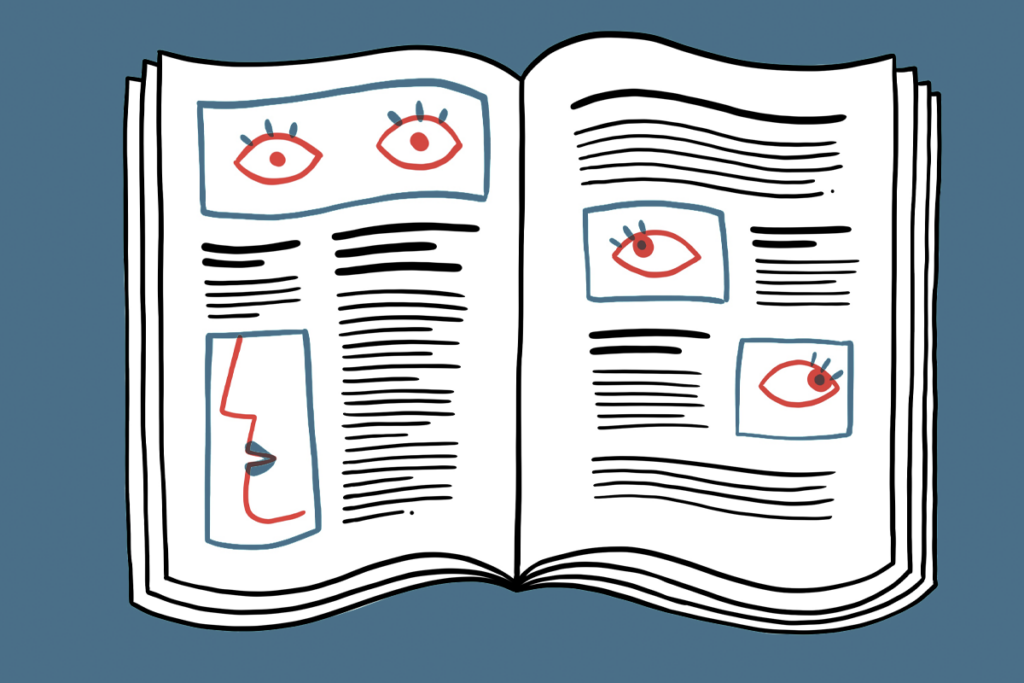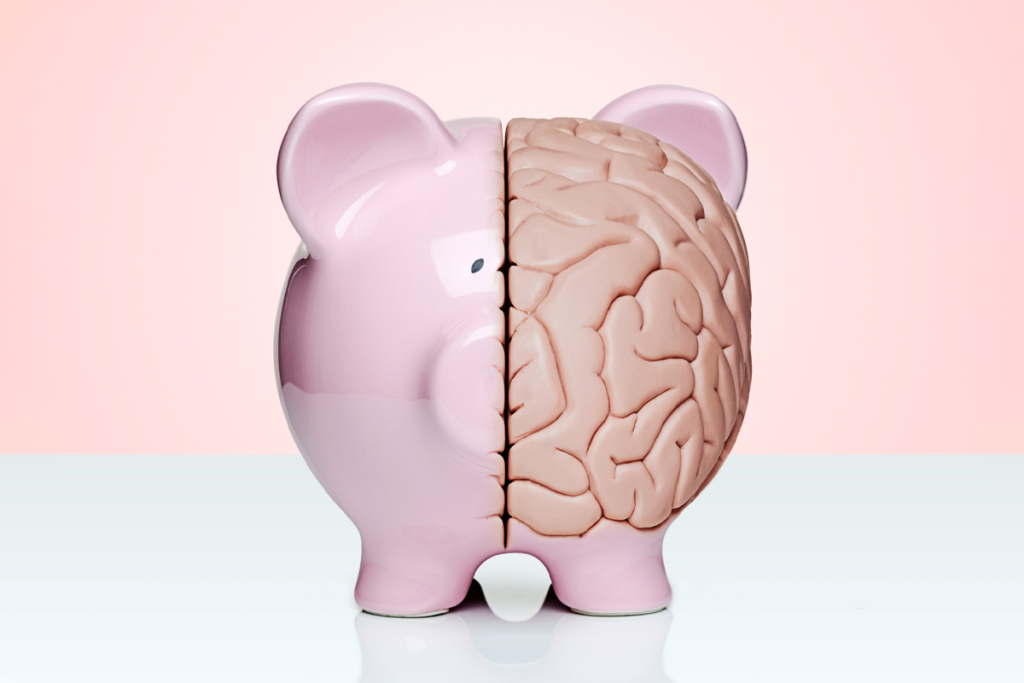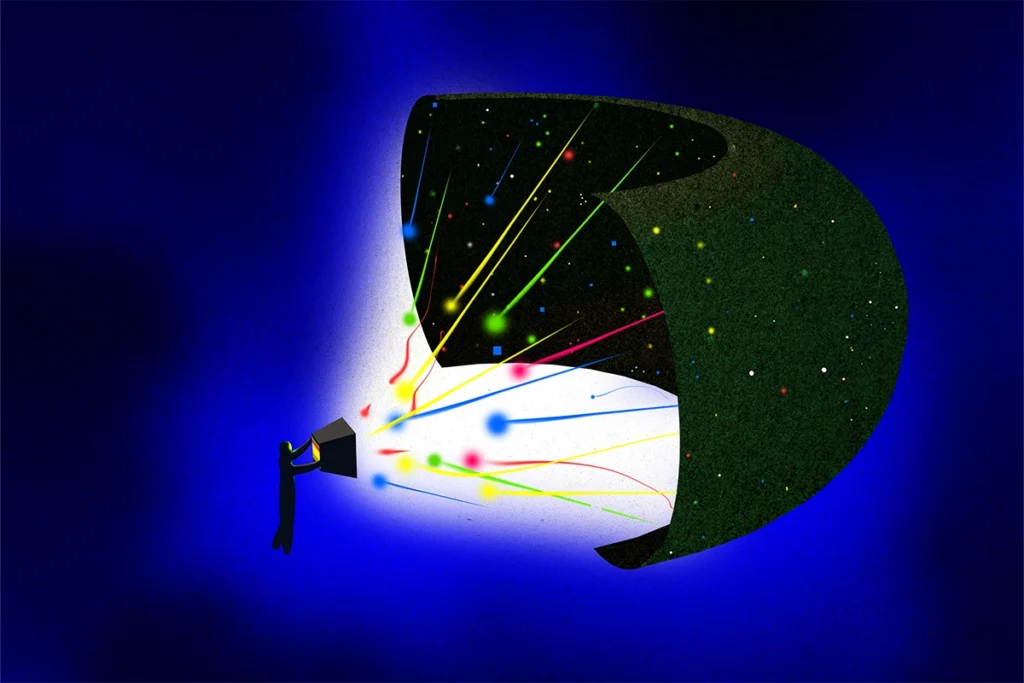Welcome to Null and Noteworthy, a monthly newsletter highlighting null results and replications in neuroscience.
This month’s issue highlights a reanalysis of a 2024 Nature paper that described an epigenetic mechanism by which some astrocytes retain immune memory. As with all science, the conversation about it is ongoing.
Have a notable null result or replication we should cover, or other suggestions for this newsletter? Send your tips to [email protected].
ASTROCYTE RECALL
Like immune cells elsewhere in the body, astrocytes respond to diseases and injuries in the central nervous system. And they, too, acquire epigenetic changes to help them remember previous insult and respond more efficiently in the future, according to the 2024 paper, led by Francisco Quintana, professor of neurology at Harvard University.
Astrocytes from mice injected with inflammatory molecules express pro-inflammatory genes, the team found—and the expression increases after a second injection, suggesting a kind of cellular recall. The same thing happens in mouse astrocytes exposed to the molecules in culture dishes, and a protein called p300 orchestrates the memory mechanism, the study suggests. In a mouse model of multiple sclerosis, for example, astrocytes lacking the gene for p300 did not have the same immune memory response.
But the pro-inflammatory genes were expressed by immune cells contaminating the cultured astrocytes, suggests a preprint posted earlier this month on bioRxiv by a separate team, led by Shane Liddelow, associate professor of neuroscience and physiology at New York University. Liddelow and his colleagues reanalyzed data provided in Quintana’s paper.
Quintana’s team also erroneously labeled macrophages—a type of white blood cell—microglia and other cells as astrocytes in the multiple sclerosis model mice, the preprint claims, based on an analysis of the genes expressed by these cells.
If the new findings are correct, the discovery of immune cell contamination is concerning, says Benjamin Deneen, professor of neuroscience at Baylor College of Medicine, who was not involved with either paper and who highlighted the 2024 Nature paper in Immunity, but “I don’t think it invalidates what Quintana found at all.”
Because astrocytes are highly sensitive to their environment, studying them in isolation doesn’t paint a complete picture, Deneen says—particularly in a study of an astrocyte’s response to an environmental stimulus. The findings in the mouse model are still strong, he says, even if immune cells produced some of the genetic signature the 2024 study attributed to astrocytes.
Liddelow says he has submitted the work to a journal and declined to discuss it until peer review is complete. Quintana says he is preparing a response to the preprint and declined to discuss the matter further until its publication. Stay tuned!
ET AL.:
- Autistic and non-autistic people are equally capable of discerning whether two objects can fit together spatially, a perceptual ability known as the “Tetris effect.” The finding also confirms the effect’s existence. Molecular Autism
- Brain levels of gamma-aminobutyric acid (GABA) and glutathione, a metabolite of glutamate, do not vary during the menstrual cycle, according to a small study of 30 women, contradicting earlier findings. Journal of Neuroscience Methods
- A team of neuroscientists reflect on their efforts to highlight scientific failure at the annual Society for Neuroscience meeting and provide a road map for similar events. As they note, “experimental failure is indispensable to the fabric of discovery and development.” eNeuro
- People with high blood pressure report lower sensitivity to social pain than people with lower blood pressure, according to a replication of previous findings. Despite this, a person’s blood pressure does not correlate with the level of distress they say they feel when excluded from a virtual game. Social Cognitive and Affective Neuroscience
- Ketamine decreased alcohol relapse in a preregistered, multisite, randomized controlled trial—in rats that model alcohol use disorder. The novel approach to preclinical studies could boost the treatment’s translational potential and help it cross the “valley of death,” in which psychiatric drugs fail during late-stage human trials, the investigators suggest in their paper. Neuropsychopharmacology
- Children’s improvement in reading scores from first through fourth grade is linked to white-matter development of the left arcuate fasciculus, replicating a previous finding from the same investigators with a new cohort. The association does not extend to math scores, though. Imaging Neuroscience
- A researcher’s account of his lab’s shift to natural stimuli questions the value of tightly controlled replications: “Findings that can only be replicated under narrow, artificial, and highly controlled conditions, which do not materialize in the real world, may lack significance and relevance to everyday cognition, and should be questioned,” he writes. The Journal of Neuroscience
- During his Senate confirmation hearing, U.S. Health and Human Services Secretary Robert F. Kennedy Jr. called for allocating 20 percent of the National Institutes of Health’s budget to replication studies. Several experts—including The Transmitter’s editor-in-chief, Ivan Oransky—have raised questions about that strategy. Axios
